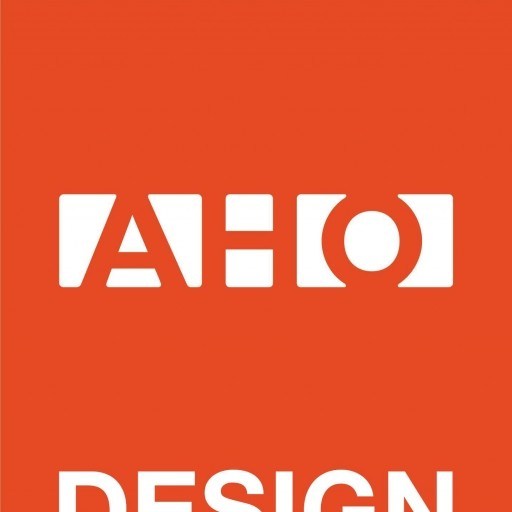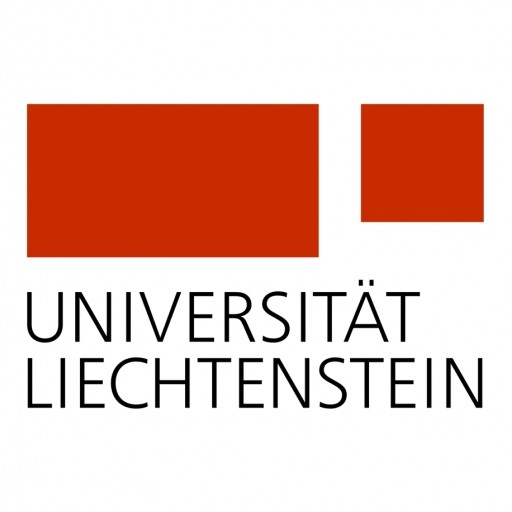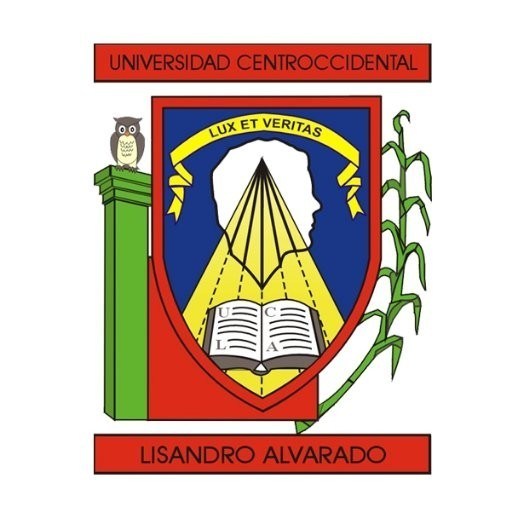Photos of university / #aho_architecture_design
Master of Architecture at the Oslo School of Architecture and Design (AHO) offers a comprehensive postgraduate education designed to develop skilled architects capable of addressing complex architectural challenges in a globalized society. The program emphasizes a combination of theoretical insights, practical skills, and innovative design approaches, fostering students' capacity to conceive and realize sustainable, functional, and aesthetically compelling built environments. Throughout the curriculum, students engage in rigorous design studios that encourage experimentation and critical thinking, supported by courses in architectural history, technology, and theory. The program promotes an interdisciplinary mindset, encouraging collaboration across disciplines such as urban planning, landscape architecture, and digital fabrication. Students have access to state-of-the-art facilities, laboratories, and workshops that facilitate hands-on learning and experimentation with new materials and construction methods. The program also incorporates a research component, enabling students to develop independent projects that contribute to contemporary architectural discourse. Close interaction with faculty members, industry professionals, and international guest lecturers provides students with valuable perspectives and networking opportunities. Graduates of the Master of Architecture are equipped to pursue careers in architecture firms, urban planning agencies, cultural institutions, or to continue into doctoral studies. The Oslo School of Architecture and Design's commitment to innovation, inclusivity, and sustainability ensures that its Master of Architecture prepares students to become thoughtful, ethically responsible architects capable of shaping the future built environment responsibly and creatively.
The Bachelor’s program in Architecture at the Oslo School of Architecture and Design is designed to provide students with a comprehensive foundation in architectural principles, design methodology, and construction techniques. Throughout the program, students are encouraged to develop their creative and analytical skills to address complex architectural challenges rooted in environmental, social, and cultural contexts. The curriculum combines theoretical coursework, practical design studios, and interdisciplinary projects to foster innovative thinking and sustainable design solutions. Students will engage with a broad range of topics, including architectural history, theory, building technology, digital tools, and urban planning, ensuring a well-rounded education that prepares them for diverse careers in architecture and related fields. The program emphasizes a hands-on approach, with students participating in real-world projects, site visits, and collaborations with industry experts, enabling them to translate their ideas into tangible architectural forms. Additionally, the program fosters critical reflection, encouraging students to consider ethical dimensions and societal impacts of architectural practice. By the end of their studies, graduates will possess the skills necessary to conceptualize, develop, and communicate architectural ideas effectively, positioning them for further study or entry into the profession. The university supports a vibrant academic community that values innovation, sustainability, and interdisciplinarity, creating an inspiring environment for aspiring architects to thrive.
Program requirements for the Master of Architecture at The Oslo School of Architecture and Design include a combination of academic prerequisites, language proficiency, portfolio submission, and specific application procedures. Applicants are typically required to hold a relevant bachelor's degree in architecture or a closely related field from an accredited institution. The bachelor's degree should demonstrate sufficient coursework and practical experience aligned with architectural design principles, history, and theory. Proficiency in English is mandatory, with applicants needing to provide evidence of language skills through standardized tests such as IELTS or TOEFL unless they have completed previous education in an English-taught program. A strong portfolio showcasing previous work, academic projects, and other relevant design activities is a crucial component of the application and should reflect creativity, technical ability, and an understanding of architectural concepts. Besides the portfolio, applicants are often asked to submit a motivation letter detailing their interest in the program, career goals, and reasons for choosing The Oslo School of Architecture and Design specifically. An application form must be completed and submitted before the specified deadline, accompanied by academic transcripts, letters of recommendation, and a CV highlighting relevant experience. Additional requirements may include an interview or portfolio review for shortlisted candidates. The university strictly enforces application deadlines, so prospective students should ensure timely submission to be considered for admission. Admission decisions are based on academic merit, portfolio quality, motivation, and potential to benefit from the program. Furthermore, applicants should review specific program-specific criteria or prerequisites listed on the official university website or admissions guidelines to ensure compliance with all entry requirements.
The Oslo School of Architecture and Design offers various financing options for students enrolled in its architecture programmes. Tuition fees for international students vary depending on the specific programme and the student's nationality. Non-EU/EEA students are typically required to pay tuition fees, which can range from approximately 70,000 to 120,000 Norwegian kroner per academic year. EU/EEA students usually do not pay tuition fees due to Norway's education policies for European students.
Students are encouraged to explore external scholarship opportunities, including those offered by the Norwegian government, such as the State Scholarship Program, which supports international students with tuition and living expenses. Additionally, the university recommends students to seek grants, sponsorships, or loans available in their home countries, as well as international organizations that support studies in architecture or design fields.
The university also provides guidance on applying for student loans through the Norwegian State Educational Loan Fund (Lånekassen), which offers financial support for students studying in Norway, regardless of nationality, provided certain conditions are met. These loans can cover tuition fees and living costs, and repayment terms are generally favorable.
Part-time work is another viable financing option, with international students permitted to work up to 20 hours per week during academic sessions and full-time during holidays, helping to offset living expenses. The cost of living in Oslo can be high, so students are advised to carefully plan their finances, considering accommodation, food, transportation, and study materials.
The university promotes transparency in tuition and funding opportunities and regularly updates its prospective and current students through official channels. It is essential for students to review the specific financial requirements and deadlines related to their enrolled programme to ensure adequate preparation for their studies at the Oslo School of Architecture and Design.
The Bachelor’s programme in Architecture at the Oslo School of Architecture and Design (AHO) is a comprehensive and rigorous study designed to equip students with the fundamental skills and knowledge required to excel in the field of architecture. The programme emphasizes both theoretical understanding and practical application, fostering an environment where students can explore innovative design solutions while grounding their work in sustainable and socially responsible practices. Throughout the course, students engage with a diverse curriculum that includes design studios, technological courses, history and theory classes, as well as digital tools and environmental systems. The programme encourages critical thinking and creativity, enabling students to develop unique architectural concepts that respond to contemporary societal challenges. Additionally, students are introduced to the principles of sustainable architecture, urban planning, and building technology, preparing them to contribute meaningfully to the transformation of built environments. The programme often collaborates with industry partners and offers opportunities for internships and real-world projects, bridging academic learning with professional practice. Graduates of this programme are well-prepared for careers in architecture, design consultancy, urban planning, and related fields, or for further studies at advanced levels. The academic environment at AHO is characterized by a collaborative and innovative atmosphere, supported by experienced faculty members who are active researchers and practitioners in architecture and design. The campus provides state-of-the-art facilities, including workshops, laboratories, and digital studios, enabling students to develop their ideas effectively. The curriculum is designed to foster not only technical skills but also an awareness of social, cultural, and environmental issues, ensuring that graduates can contribute responsibly to the development of sustainable and resilient built environments around the world.










